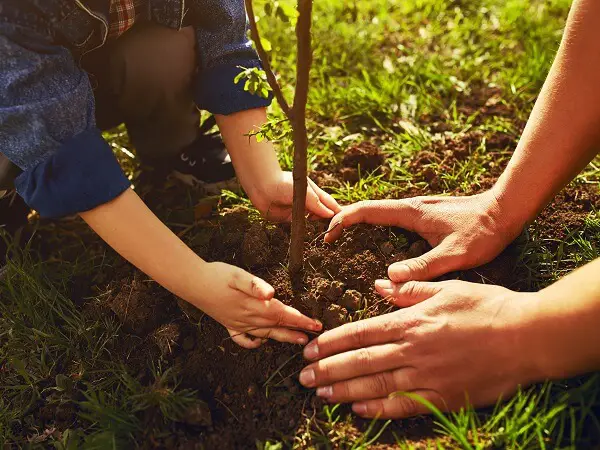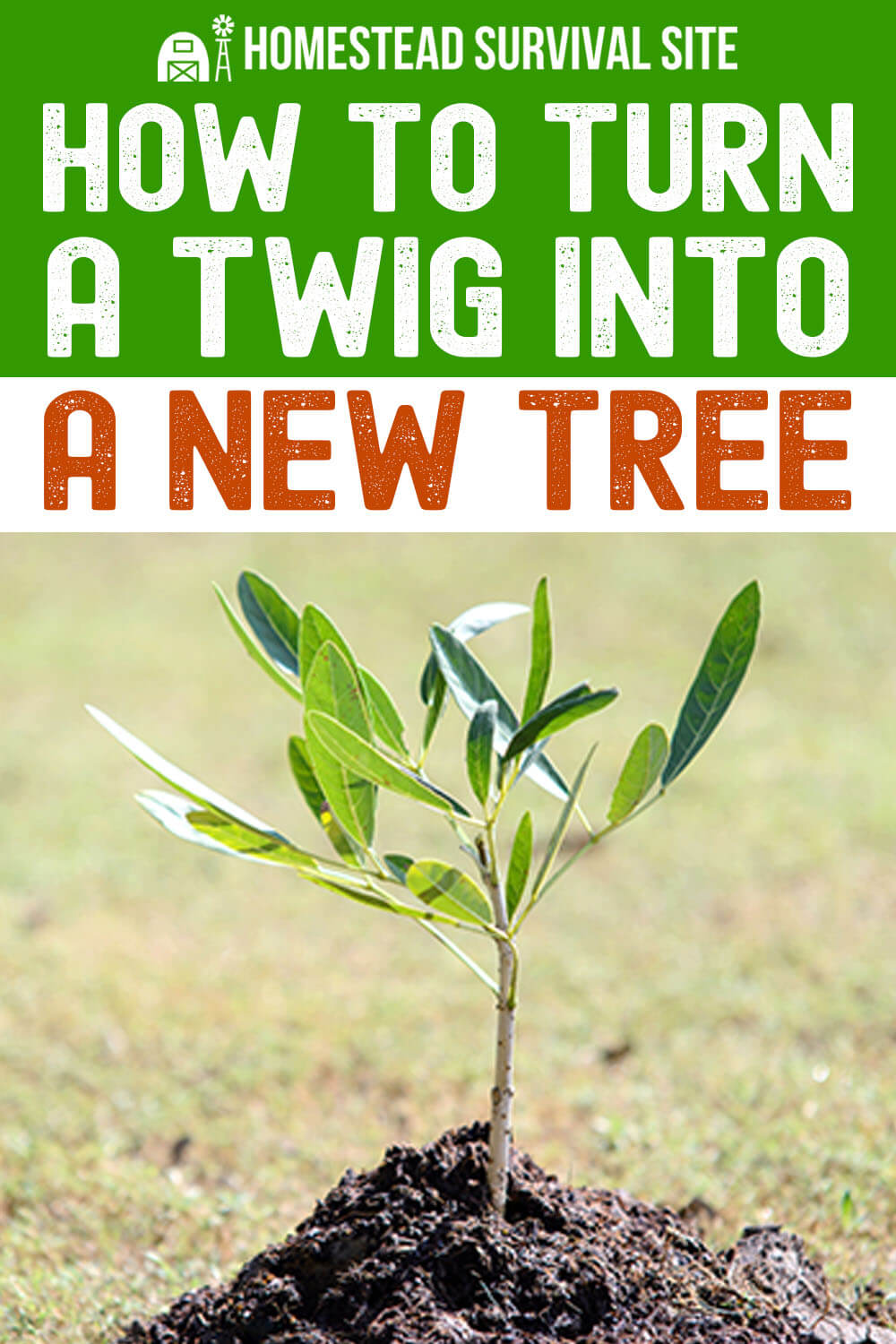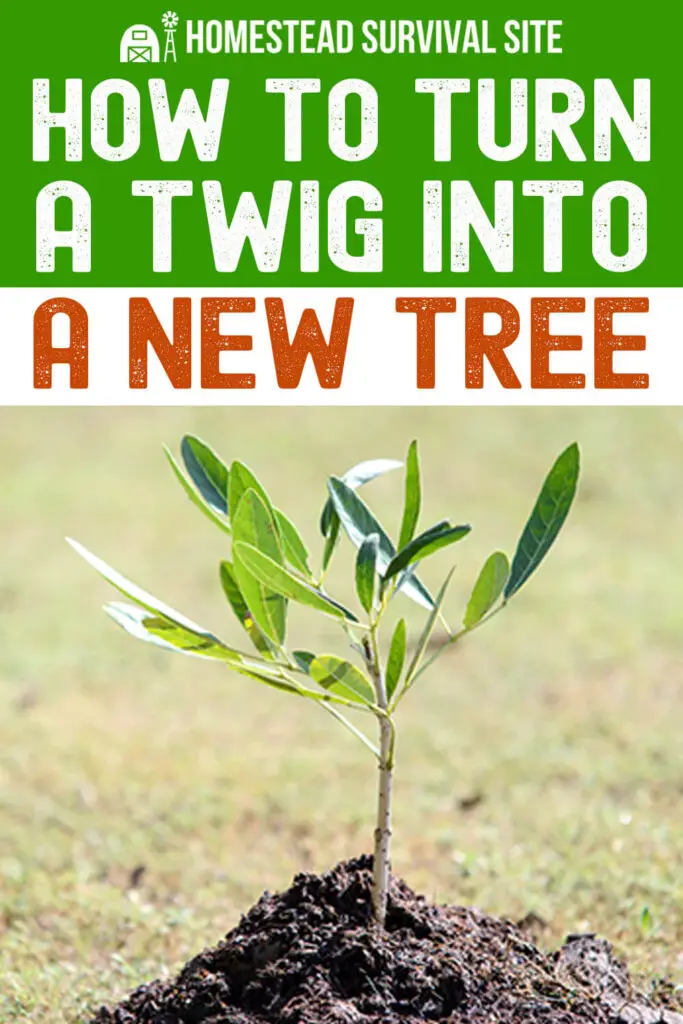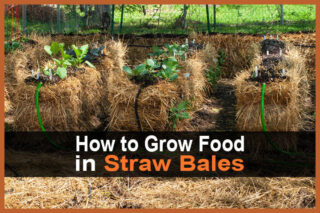Estimated reading time: 6 minutes
Every homestead can use more trees. Many new homesteaders quickly learn the value that trees have on the property. There is an old Chinese proverb that says, “The best time to plant a tree was 20 years ago. The second-best time is now.”
It takes time to develop healthy and mature trees, and propagating trees on the farm is a great way to plan for the future. Even those homesteads that are chock full of trees will want to keep the favorites around for years to come.
Trees are an essential and vital aspect of a healthy homestead. Windbreak trees protect your property from icy cold winds and blowing snow that can have a significant effect on the farm. Windbreaks help block your home from winter winds which can make it harder to keep your house warm. They also help to protect livestock and vegetation from freezing during colder parts of the year.
Other good trees to have on the homestead are fruit trees in an orchard that can mature to produce juicy fruit. Planting an orchard is a great way to grow produce at home and provide vital blossoms and nectar to pollinators that help create more fruit.
Want to save this post for later? Click Here to Pin It on Pinterest!
Trees are an abundant source of energy should you ever need to heat your home off grid. They also provide shade during the summer and help lower the temperature all around the homestead. Propagating trees on the homestead should be an annual or semi-annual job that will help prepare for the coming years.
While trees can grow from seed, often homesteaders find that it is easier to plant new trees using cuttings from mature trees. Here is how to turn a twig into a new tree.

Select A Parent Tree
The first thing you need to do when taking a cutting from a tree is to choose the right parent. The cutting, or new tree, will be an exact copy of the parent tree, so choose wisely. The parent tree should be healthy, strong, and not prone to any issues on the homestead.
Time It Right
One of the most important things to notice about a parent tree is what stage of growth it is in. Softwoods are new tree growth that is still pliable without an outer bark. Hardwood is new tree growth that is more mature with an outer bark.
Hardwood Cuttings
Hardwood cuttings are usually cut from deciduous shrubs like forsythia and privet, but some evergreens are propagated as hardwood cuttings as well.
Cut from the mature parent tree in early spring or early winter when the parent tree is not actively growing. Cut off a length of new growth that measures 12-48 inches long. Strip the leaf buds and bark off the last 2 inches of the twig. This encourages the twig to grow roots. Make sure there are at least 3 leaf buds on the twig and that the twig measures 6 inches above the last leaf bud.
Softwood Cuttings
Most trees that are used for cuttings are softwoods. Remove these cuttings during spring as this is the only time of year that a tree will have immature growth without outer bark. Cut a piece of softwood that is 6-12 inches long with at least 3 leaves. Remove any flowers or fruit and trim the end of the stem right underneath the last leaf. Cut each of the leaves in half. Softwoods usually root quicker than hardwoods, but they can dry out more quickly as well.
Remove the Cutting
Straight cuttings are the most common types of cuttings used when trying to grow a tree from a twig. This cutting means that you only cut the branch without including any of the parent plant. Remove a straight cut by using a sharp pocket knife or pruning shears right below the last node. Cut at an angle at the end of the branch and make sure that the cut is clean without damaging the end of the cut.
Plant Your Cutting
Dip the end of the twig in a rooting compound that you can find at your local garden center. While at the store, make sure to pick up a bag of soilless mix which will be favorable for tender tree cuttings. This mix contains different components like peat moss, sand, and perlite.
Sprinkle some of the mix into a small pot and wet the mix until it is damp. Plant the end of the twig in the mix far enough so that it can easily stand upright on its own. Many homesteaders plant the bottom 30-50% of the twig in the soilless mix.

Special Care
Tree cuttings require special care due to their tender age. Wrapping your pot and twig in a plastic bag will help capture heat as well as encourage the twig to root. Make sure the plastic bag is large enough so that it doesn’t touch the cutting at all. Cut slits in the plastic so that the cutting can breathe.
Place the cutting in a sunny indoor spot that receives indirect sunlight. Check the plant to see if roots have grown and to prevent any mold from growing. Keep the soilless mix damp but not too wet during the root growing process. Once the roots have developed, take off the bag and plant outside with plenty of surrounding mulch.
Adding more trees to the homestead is an essential part of creating a viable and proactive workspace. While many trees on the property are older and in spots that aren’t always ideal, adding cuttings to the property is an excellent way to plant trees exactly where you want them.
Turning a twig into a tree isn’t that hard and can be easily done in just a few weeks. Consider those trees on your own homestead that would be good to propagate this year.
Like this post? Don't forget to Pin It on Pinterest!
Kristina Phelan is a freelance writer and newspaper columnist who lives on a farm in the Midwest. When she’s not writing you can find her outside along with her husband, three kids, and too many chickens. Find out more about Kristina at Mama Bear Moxie.
You May Also Like:













Great information!!!! All we need is what kind of trees we can propagate like that and if we could use the cutting method to “make” more FRUIT trees.
Keep up the good work.
Why have you removed the option to print?
Sorry about that. There’s a new print button at the top right of the post, just above the first image.